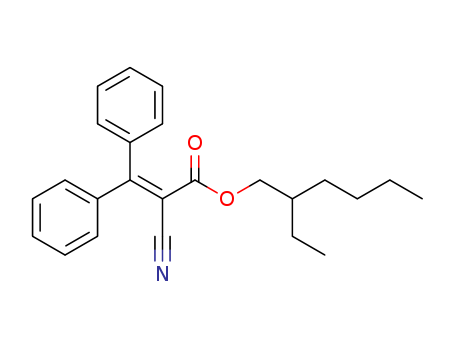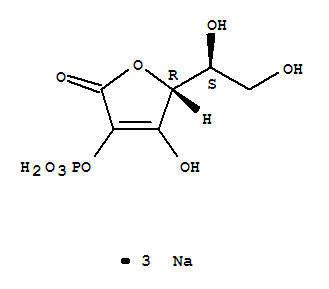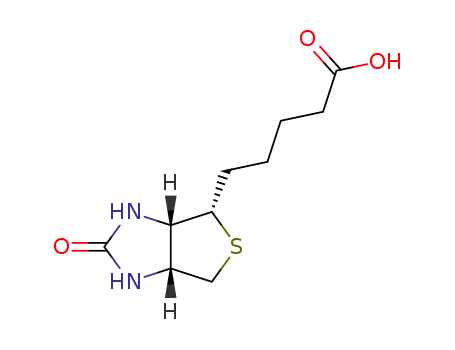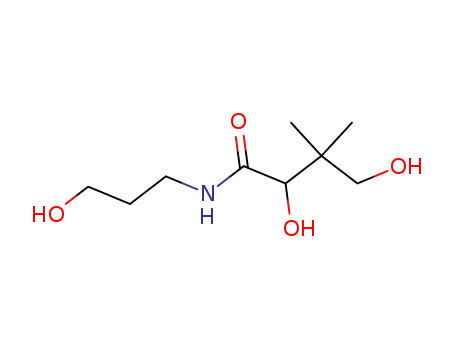
16485-10-2
- Product Name:DL-Panthenol
- Molecular Formula:C9H19NO4
- Purity:99%
- Molecular Weight:205.254
Product Details
pd_meltingpoint:66-69 °C(lit.)
Appearance:white crystalline powder or light yellow liquid
Offer Chemical Raw Material DL-Panthenol 16485-10-2 In Stock
- Molecular Formula:C9H19NO4
- Molecular Weight:205.254
- Appearance/Colour:white crystalline powder or light yellow liquid
- Vapor Pressure:2.21E-11mmHg at 25°C
- Melting Point:66-69 °C(lit.)
- Refractive Index:1.501
- Boiling Point:483.6 °C at 760 mmHg
- PKA:13.03±0.20(Predicted)
- Flash Point:246.3 °C
- PSA:89.79000
- Density:1.166 g/cm3
- LogP:-0.74470
Panthenol(Cas 16485-10-2) Usage
|
Mechanism of action |
Pantothenic acid is a precursor of coenzyme A, which serves as a cofactor for a variety of enzyme-catalyzed reactions involving transfer of acetyl groups. The final step in the synthesis of acetylcholine consists of the choline acetylase transfer of acetyl group from acetylcoenzyme A to choline. Acetylcholine is the neurohumoral transmitter in the parasympathetic system and as such maintains the normal functions of the intestine. Decrease in acetylcholine content would result in decreased peristalsis and in extreme cases adynamic ileus. Panthenol is well absorbed into the skin and quickly converted into Pantothenic acid by oxidation. Pantothenic acid is distributed into the cells and is converted to Acetyl Coenzyme-A (Acetyl CoA) in the cells of the epidermis. Human being require Vitamin B5 to synthesize Acetyl CoA which is an essential mediator to many biochemical reactions that sustain life (maintenance and repair of all cells) and which breaks down fats, carbohydrates and proteins for carbon dioxide, water, and energy generation. Furthermore, it synthesis fatty acids and sphingolipids, for stratum corneum lipid layers and cell membrane integrity & fluidity. |
|
Side effects |
Panthenol is generally well tolerated. In rare cases, skin irritation and contact allergies have been reported. Generally, topical panthenol formulations were well tolerated with minimal risk of skin irritation or sensitization. |
|
Flammability and Explosibility |
Nonflammable |
|
General Description |
Panthenol (also called pantothenol) is the alcohol analog of pantothenic acid (vitamin B5), and is thus a provitamin of B5. In organisms it is quickly oxidized to pantothenic acid. It is a viscous transparent liquid at room temperature. Panthenol is used as a moisturizer and to improve wound healing in pharmaceutical and cosmetic products. Panthenol is a multi-functional active ingredient that would be useful in most skin care formulations. Its efficacy has been substantiated in numerous peer-reviewed journals. The biologically active form of Panthenol, D-panthenol (EU), is the stable alcohol analogue of vitamin B5, pantothenic acid (EU), and is quickly converted to vitamin B5 (pantothenate) in the body. Pantothenic acid is present in all living cells and acts as an essential nutritional component due to its role in the formation of acetyl-co-enzyme A in the early stages of metabolism. The main role of acetyl-co-enzyme A is to provide activated acetic acid into the citric acid cycle (Krebs Cycle). This produces carbon dioxide, water, and energy. Co-enzyme A also transfers to other molecules such as Nacetyl-glucosamine (EU) and acetylcholine (EU) to help in the production of steroids and the synthesis of fatty acids. Coenzyme A also helps the body detoxify foreign substances. |
InChI:InChI=1/C9H19NO4/c1-9(2,6-12)7(13)8(14)10-4-3-5-11/h7,11-13H,3-6H2,1-2H3,(H,10,14)
16485-10-2 Relevant articles
Method For the Production of a Keratin-Binding Effector Molecule
-
, (2009/04/24)
The invention relates to a method of pro...
16485-10-2 Process route
-
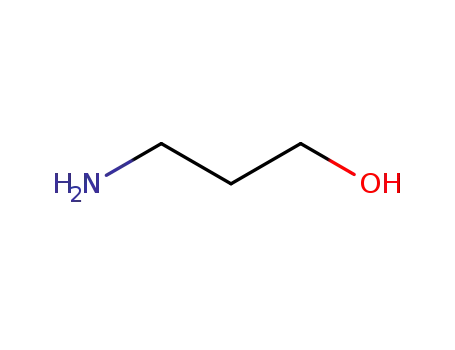
- 156-87-6
propan-1-ol-3-amine

-
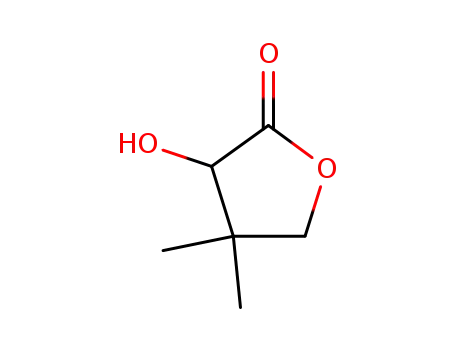
- 79-50-5
pantolactone

-
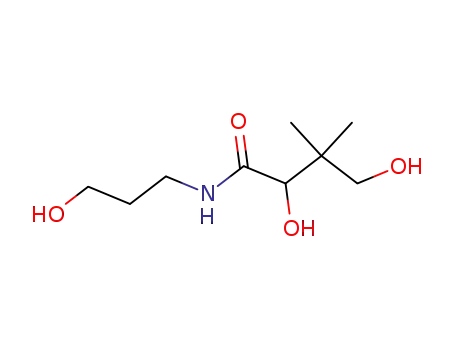
- 50584-68-4,16485-10-2,1113-70-8
panthenol
| Conditions | Yield |
|---|---|
|
at 110 ℃;
|

-

- 50584-68-4,16485-10-2,1113-70-8
panthenol
| Conditions | Yield |
|---|---|
|
|
16485-10-2 Upstream products
-
156-87-6

propan-1-ol-3-amine
-
79-50-5

pantolactone
16485-10-2 Downstream products
-
98133-47-2
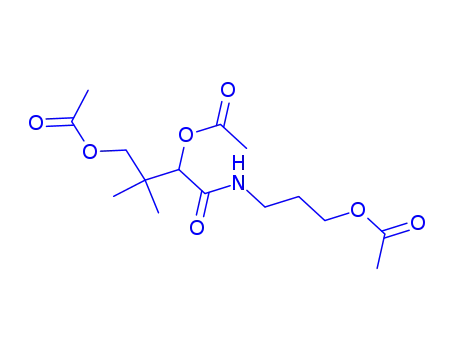
Panthenol-triacetat
-
32484-53-0
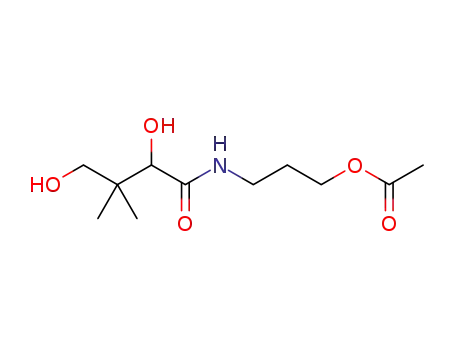
C11H21NO5
-
1194728-05-6
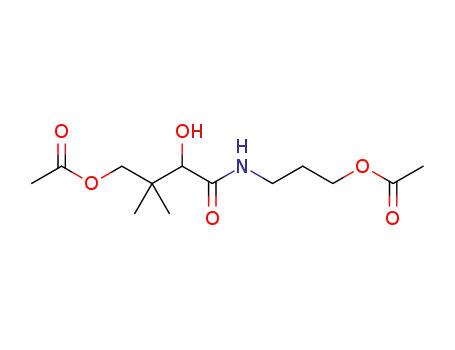
C13H23NO6
-
74561-18-5
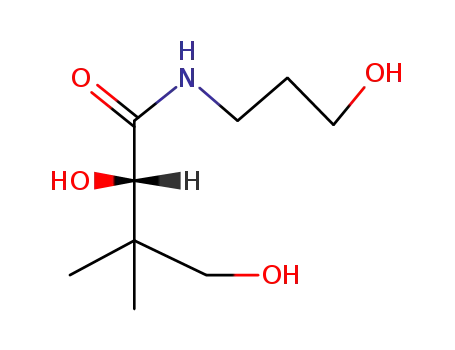
dexpanthenol
Relevant Products
-
0ctocrylene
CAS:6197-30-4
-
Sodium Ascorbyl Phosphate
CAS:66170-10-3
-
Biotin
CAS:58-85-5

